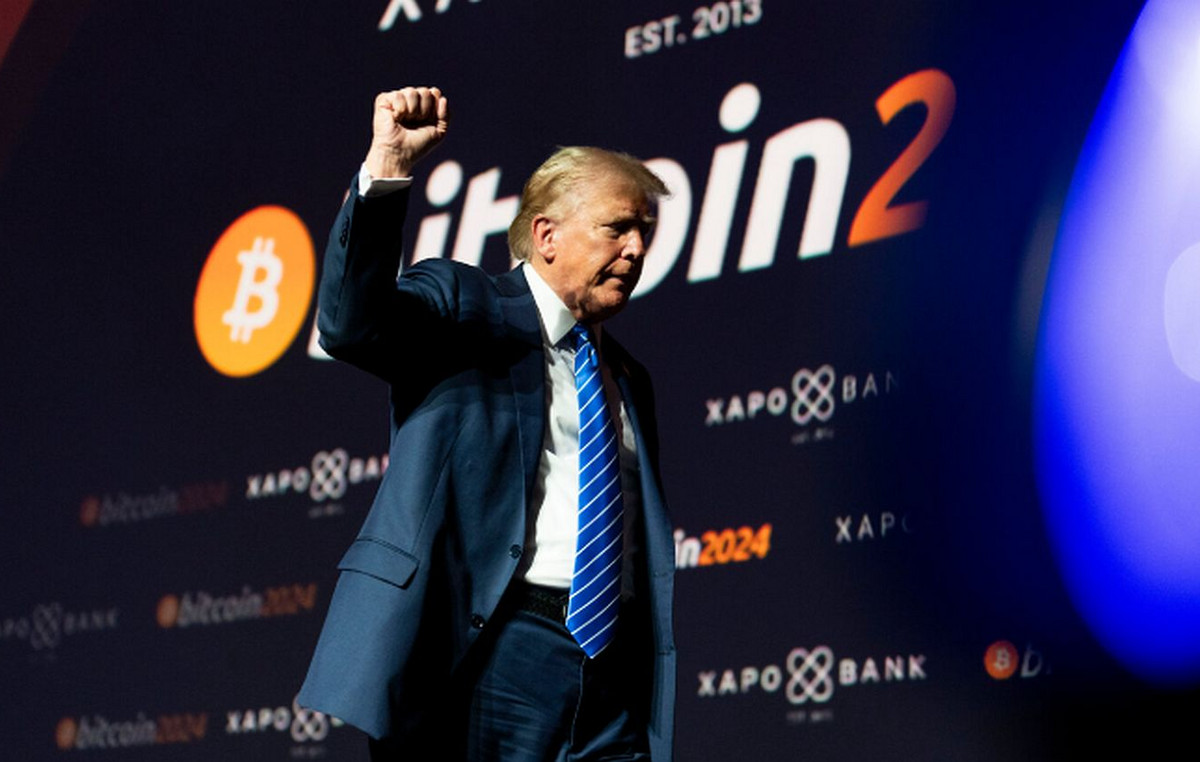- The Dow Jones extends its reversal as doubts grow over a June rate cut.
- US factory orders and JOLTS job postings endorse the “no landing” scenario for the US economy.
- The healthcare sector leads the losses as Medicare rates have disappointed investors.
Wall Street's main indices fell this Tuesday for the second consecutive day. The Dow Jones Industrial Average (DJIA) leads the losses after strong US factory orders and JOLTS job openings data.
US manufactured goods orders rose 1.4% in February, following a 3.8% decline and beating expectations for a 1% increase. In addition, job offers have increased from 8,748 million to 8,756 million, above the 8.74 million expected by the markets.
Recent US data confirm the country's solid economic prospects and a tense labor market, far from the ideal scenario to begin lowering borrowing costs. This has left investors wondering about the June rate cut, which sent US yields and the US dollar soaring, while stocks bled.
Dow Jones News
The Dow Jones index fell 1.23% to 39,078 points in morning trading on Tuesday. The healthcare sector leads the losses with a decrease of 1.98% after it was learned that the Biden administration has failed to increase Medicare rates to the extent that investors expected.
The consumer discretionary sector falls 1.62%. Only the energy and public services sectors are trading above opening levels, with increases of 0.53% and 0.24%, respectively.
United Health Group (UNH) is Tuesday's biggest loser, selling off 7.6% to $452.73. Next is Intel (INTC), which is trading 2.06% below opening levels at $43.60.
On the positive side, Dow Inc (DOW) is up 0.55% to $58.58 and Verizon Communications (VZ) is up 0.4% to $42.45.
Dow Jones Technical Outlook
The technical picture shows the Dow Jones index correcting lower with the broader uptrend still intact. The price action has broken the 50% Fibonacci of the March rally, at 39,300, and is heading towards the 39,000 support zone. Further down, trendline support lies at 38,835.
To the upside, the mentioned support at 39,300 could now act as resistance and close the path towards the key 40,000 area.
DJIA 4-hour chart

Frequently Asked Questions About the Dow Jones
What is the Dow Jones?
The Dow Jones Industrial Average, one of the world's oldest stock indices, is made up of the 30 most traded securities in the United States. The index is weighted by price rather than capitalization. It is calculated by adding the prices of the securities that comprise it and dividing them by a factor, currently 0.152. The index was founded by Charles Dow, also founder of the Wall Street Journal. In recent years it has been criticized for not being sufficiently representative, as it only tracks 30 companies, unlike broader indices such as the S& P 500.
What factors influence the Dow Jones index?
There are many factors that drive the Dow Jones Industrial Average (DJIA). The main one is the aggregate performance of its component companies, revealed in quarterly corporate earnings reports. US and global macroeconomic data also contribute, influencing investor sentiment. The level of interest rates, set by the Federal Reserve (Fed), also influences the DJIA, as it affects the cost of credit, on which many companies largely depend. Therefore, inflation can be a determining factor, as well as other parameters that influence the decisions of the Federal Reserve.
What is the Dow theory?
The Dow Theory is a method for identifying the main trend of the stock market developed by Charles Dow. A key step is to compare the direction of the Dow Jones Industrial Average (DJIA) and the Dow Jones Transportation Average (DJTA) and only follow trends where both are moving in the same direction. Volume is a confirmation criterion. The theory uses elements of maximum and minimum analysis. The Dow theory proposes three phases of the trend: accumulation, when the smart money begins to buy or sell; public participation, when the general public joins the trend; and distribution, when the smart money abandons the trend.
How can I trade with the DJIA?
There are several ways to trade the DJIA. One of them is to use ETFs that allow investors to trade the DJIA as a single security, instead of having to buy shares of the 30 companies that comprise it. A prominent example is the SPDR Dow Jones Industrial Average ETF (DIA). Futures contracts on the DJIA allow traders to speculate on the future value of the index, and options provide the right, but not the obligation, to buy or sell the index at a predetermined price in the future. Mutual funds allow investors to purchase a portion of a diversified portfolio of DJIA securities, providing exposure to the global index.
Source: Fx Street
I am Joshua Winder, a senior-level journalist and editor at World Stock Market. I specialize in covering news related to the stock market and economic trends. With more than 8 years of experience in this field, I have become an expert in financial reporting.







